|

All Images

Discovery
2006: Year in Review

Back to article | Note about images
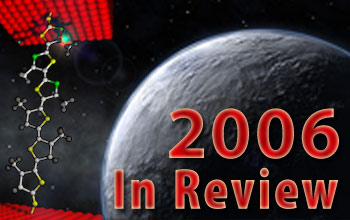 |
In 2006, NSF-supported scientists, engineers and educators announced many interesting research and education results and activities. Some of the highlights are presented here.
Credit: Nicolle Rager Fuller, National Science Foundation |
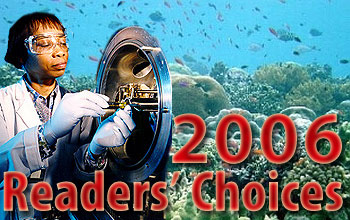 |
The news and discovery stories that were selected most often by the growing number of visitors to the NSF Web site are also listed.
Credit: Nicolle Rager Fuller, National Science Foundation |
 |
NASA's Transition Region and Coronal Explorer (TRACE) spacecraft caught these coils of hot, electrified gas, known as coronal loops, above active sunspots. Researchers announced a breakthrough forecast of sunspot cycles using a computer model of solar dynamics.
Credit: NASA / Stanford Lockheed Institute for Space Research |
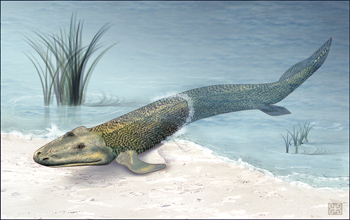 |
This is an artist's conception of Tiktaalik, the species that may bridge the evolutionary gap between animals of land and sea.
Credit: Zina Deretsky, National Science Foundation |
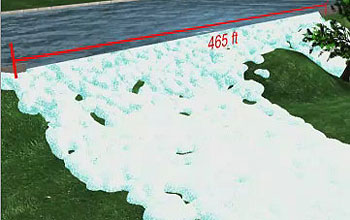 |
NSF supported more than 100 research projects in response to the destruction caused by Hurricanes Katrina and Rita in 2005. One of the research teams studied the New Orleans levee system. This is a segment from an animation showing how the researchers suggest the city's 17th Street levee failed.
Credit: Trent Schindler, National Science Foundation |
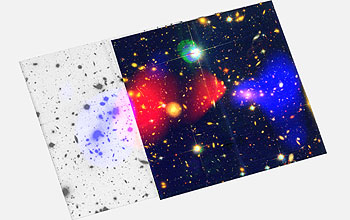 |
Astronomers observing a rare collision of galaxies made the first direct detection of "dark matter." In this image, the luminous gas from the collision (red) lags behind the two clusters of dark matter (blue).
Credit: Marusa Bradac, Kavli Institute for Particle Astrophysics and Cosmology |
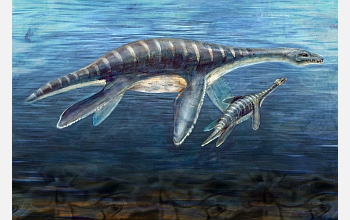 |
A mother and juvenile plesiosaur probably looked like this artist's rendering.
Credit: Nicolle Rager, National Science Foundation |
|









